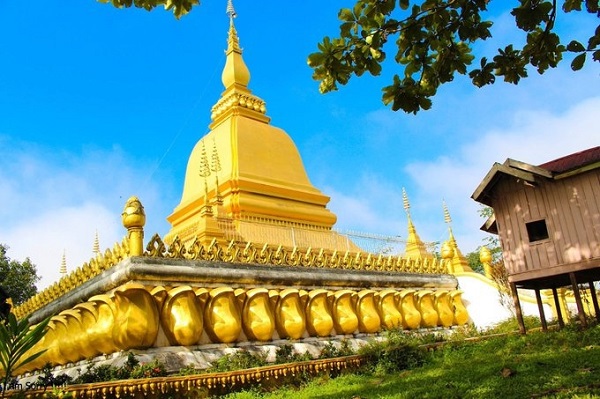Vientiane, (Samajweekly) The Lao government has called for in-depth preparations to welcome visitors in light of the rapidly rebounding tourism industry, to fuel its efforts to revitalise the economy.
The tourism industry, a main source of foreign currency, has been earmarked as a key sector to bolster the Lao macro-economy, Xinhua news agency quoted Deputy Minister Thipphakone Chanthavongsa as saying.
During the government’s monthly meeting that concluded on Wednesday, chaired by Prime Minister Sonexay Siphandone, the cabinet asked for proper arrangements to be made to ensure high standards of hospitality to impress visitors.
The meeting called for preparations for the planned start of cross-border passenger trains on the China-Laos Railway, which has become an important driver of Lao tourism.
To fuel its efforts to stabilize the macro-economy, the cabinet ordered the ministries concerned to pay close attention to repaying foreign debt and debt owed to private companies, so they could bolster their operations.
To finance public spending, the cabinet called for measures to maximize revenue collection by expanding the digital collection system to plug loopholes and prevent money leaks, along with addressing duplicated expenditures.
As the depreciation of the kip (Lao currency) has incurred additional challenges for the economy, the cabinet ordered further action to execute its monetary policy and regulate exchange rates, as well as identify new tools to improve the monetary policy.
Amid rampant inflation, the cabinet pledged to carry out necessary measures to regulate service fees and commodity prices in markets to prevent unreasonable price hikes.
The cabinet also vowed action to address the drug trade and substance abuse, while maintaining social security and order and political stability, to pave the way for stronger socio-economic development.
Thipphakone told that changes and complexities in the global environment were likely to continue to impact the country’s fragile economy.
Inflation in Laos jumped to 41.26 per cent year-on-year in February from 40.3 per cent in January, according to the Lao Statistics Bureau.









